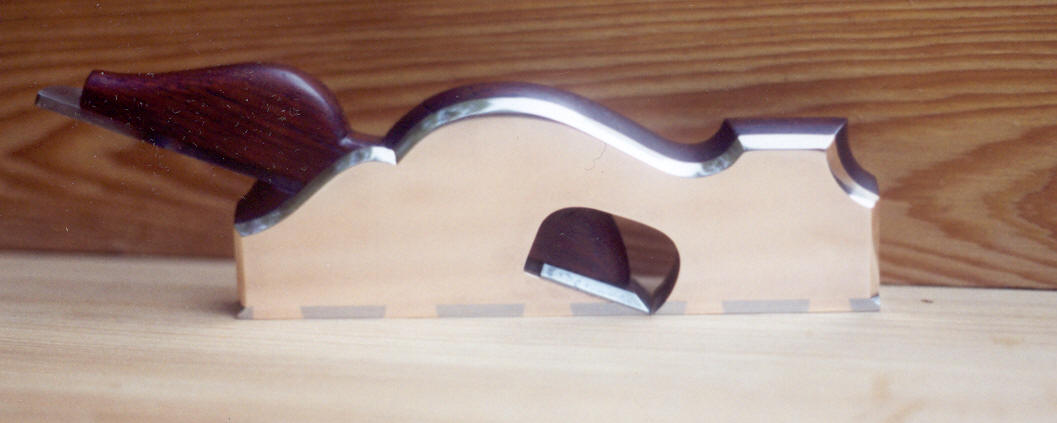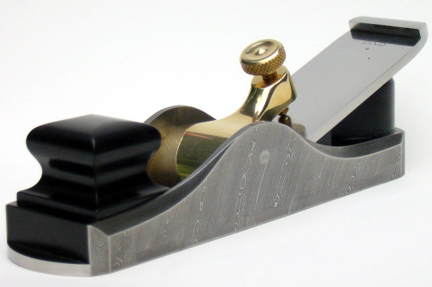Racers
Established Member
- Joined
- 22 Apr 2005
- Messages
- 9,172
- Reaction score
- 136
Hi,
Thanks for the welcomes and complements. I have some more planes in the pipe line a small shoulder plane in stainless steel with possibly a brass racing stripe down the middle, but its tough stuff to cut! I have also picked up a nice piece of 3mm brass plate, so a dovetailed shoulder with a steel base might appear. Did you see the coping saw blade bow saw I made?
http://wdynamic.com/galoots/4images/det ... ge_id=1758
pete
Thanks for the welcomes and complements. I have some more planes in the pipe line a small shoulder plane in stainless steel with possibly a brass racing stripe down the middle, but its tough stuff to cut! I have also picked up a nice piece of 3mm brass plate, so a dovetailed shoulder with a steel base might appear. Did you see the coping saw blade bow saw I made?
http://wdynamic.com/galoots/4images/det ... ge_id=1758
pete


































